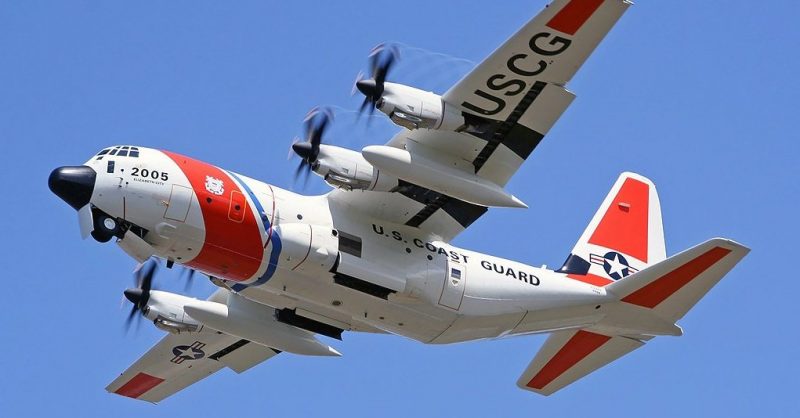The U.S. Coast Guard has always been there to help those in distress, but that doesn’t always mean ships in a storm. In the Fall of 1989, it meant running supplies to a D.E.A. law enforcement base, deep in the Peruvian jungle, and surrounded by Communist revolutionaries.
In the 1980s, the United States took a much more aggressive approach to stem the flow of drugs into the country. Their organization of choice for this was the Drug Enforcement Administration or DEA. The DEA is a law enforcement agency, tasked with tracking down and rooting out any and all narcotics production, sale, or trafficking.
Throughout the mid-1980s and into the 1990s they had a powerful presence in the jungles of South America, where most of the world’s cocaine was being produced. In 1989 the DEA’s operations in Peru hit a roadblock. They had been flying UH-1 Huey helicopters to attack the narcotraffickers’ bases in the Peruvian jungle. But their base was in the north of the country, while most of their targets were in the south.
A simple solution was devised: make a base in Santa Lucia, deep in southern Peru. This is where they really hit a problem.
Peru in 1989 was in the midst of a communist rebellion. A Maoist group known as the Shining Path had been gaining ground, pushing the Peruvian military and police back to the major cities, and threatening anyone who supported the government. They were known for cutting off limbs, heads, or any other body party, before killing their targets.
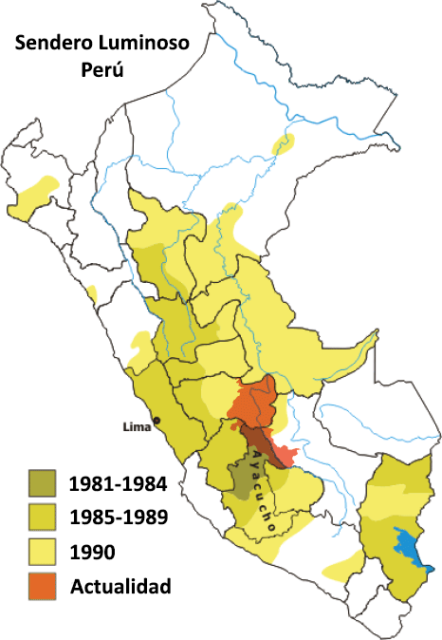
Peru in 1989 was in the midst of a communist rebellion. A Maoist group known as the Shining Path had been gaining ground, pushing the Peruvian military and police back to the major cities, and threatening anyone who supported the government. They were known for cutting off limbs, heads, or any other body party, before killing their targets.
The remains would then be left as a warning to anyone else who might go against them. In addition, they were supported by the Soviet Union, giving them access to more advanced and powerful weaponry. Using this superior firepower they protected the narcotics traffickers in their territory, in exchange for a cut of their profits.
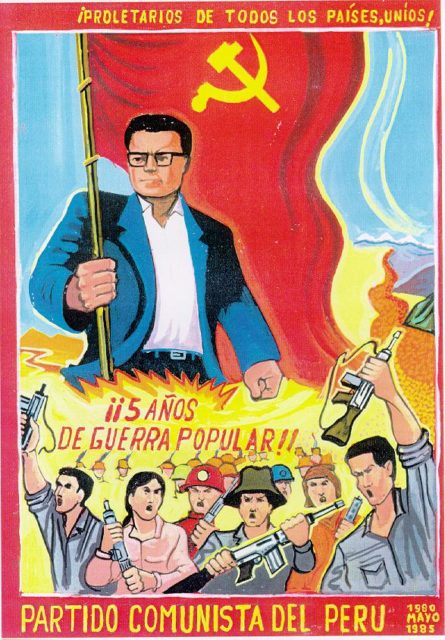
The stage was set: The D.E.A. needed a new base and the Shining Path stood in their way. The D.E.A. would go ahead with construction despite the danger, but they needed to transport supplies. They had access to C-123s from National Air Transport Incorporated, or NATI, a private security firm, but they were too small.
They needed a C-130, a military transport plane. Unfortunately, the Department of Defense was forbidden from operating in South America, due to the Mansfield Amendment. But the United States Coast Guard wasn’t in the D.O.D.
The D.E.A. asked for Coast Guard assistance, and Admiral Paul A. Yost Jr., then commandant, was only too happy to oblige them. In early September 1989, they began to outfit a Coast Guard C-130 and crew to fly into enemy territory. This meant defenses, but they didn’t have time to refit the plane, they needed to be operational by the 9th of September. Using commercially available kevlar blankets, they lined the cabin to protect it from small arms fire.
The pilots also began taking a surface to air missile evasion course. But Coast Guard C-130s weren’t equipped with flares to distract the missiles, so they improvised. They flew with the rear cargo door of the plane down, and a Petty Officer strapped in with a box of maritime distress flares. The hope was the heat from the flares would trick the heat tracking missiles into missing the plane.
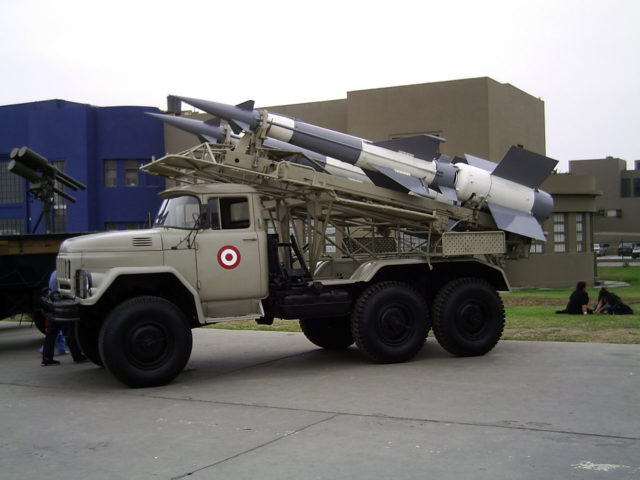
On September 9th, the first flight took off, the next on the 20th, and the third on the 29th. Each mission was met with small arms fire, death threats against all U.S. agents working in Peru, and attacks on the Base at Santa Lucia.
The procedure was simple, at least on paper. The Coast Guard pilots would land then offload as quickly as possible. The moment the last piece of cargo was off, they would travel to the take-off position, and fly back to Lima to repeat this process.
A wide variety of materials were transport, from concrete to livestock. The local workers refused to eat the military rations given to D.E.A. and Coast Guard personnel; so pigs and chickens were flown in live. When this wasn’t possible, the American personnel would go hunting, hoping their shooting wouldn’t attract unwanted attention from the Shining Path snipers in the area. But one of the most important things brought over were claymore mines.
The D.E.A. and NATI agents surrounded their base with these remote mines. Every night a Shining Path sniper would start taking shots at the base, and every night the agents would detonate claymores. The base was under siege, but, thanks to the bravery of the Coasties who were constantly running supplies, was able to get operational.
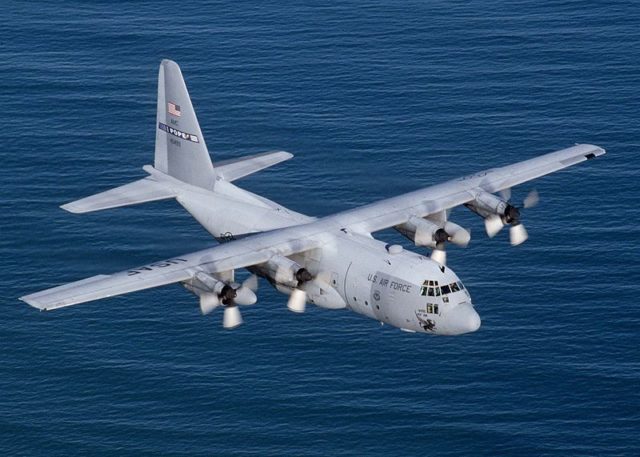
Soon the D.E.A. and NATI agents began flying Huey missions out of the base almost as soon as construction started.
Originally they would fly out, land, plant explosives and take off back to base. But this proved too dangerous, and they needed a way to avoid the ground altogether. Machinery Technician Second Class, Shane Robinson helped come up with an idea. They would fill a canister with C-4 and a fuse, fly over the narcotics lab, or air strip, and push it out of the helicopter.
As Robinson put it: “They would shove it out the door, laugh their things off, and blow a car-size hole in the runway.” This was by no means the safest approach, but it was safer than being shot at on the ground.
Back stateside, necessity outweighed safety as well. One pilot described how they were picking up claymore mines and fuel bladders in Arlington, Virginia. The two were never supposed to be in the same area together, let alone in the same plane. The US Air Force loadmaster questioned their sanity and refused to let them proceed. But, the pilot handed him a phone number to call.
It was never entirely clear who was on the other end of that call, but whenever the Coast Guard pilots used it they got their way. And despite breaking both FAA and US Air Force regulations, not to mention common sense, the materials were loaded.
The Coast Guard’s involvement concluded on October 20th, 1989. With the base at Santa Lucia, the D.E.A. could expand its influence, and the Shining Path had to deal with the constant frustration of an American base in the heart of their territory.
The men who took part in these missions all walked away physically unharmed, though all shaken. The entire Coast Guard team’s swiftness of action, willingness to sacrifice, and dedication to the mission demonstrates why that organization is so useful.
Its personnel adapted to an impossible situation, found a solution, and by both luck and skill got out alive.
Source:
Mitchell, Matthew J., and Paul A. Yost. Not Your Father’s Coast Guard: The Untold Story of U.S. Coast Guard Special Forces. Bloomington, Ind: AuthorHouse, 2010.
